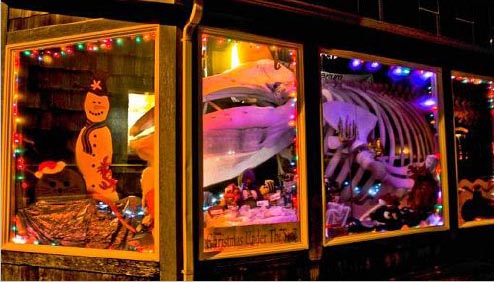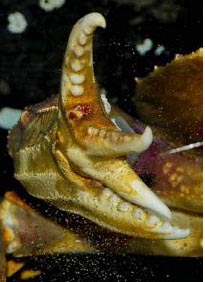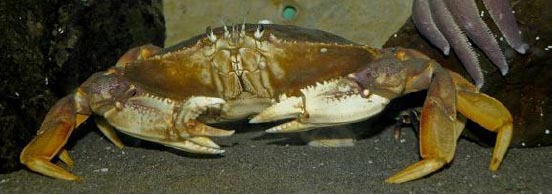|
2012 Highlights
|
|
In addition to the everyday work of taking care of
regular displays, maintenance of the aquarium, and
volunteering for the Marine Mammal Stranding network,
Aquarium staff also dealt with a regular dose of unusual
events. Hereís a sampling:
|
|
|
- Presented a number of lectures on the Seaside
Aquarium and the Marine Mammal Stranding
Network in venues from Cannon Beach to Astoria.
- Participated in community events including
Necanicum Bird Discovery Day, Nehalem Crab
Derby Day, and Cannon Beachís Earth Day
Celebration.
- Ran the Seaside Discovery Programís 17th year on
the beach.
- Worked with the Wildlife Center of the North
Coast to hold various birds until they could be
retrieved, rehabbed, and released.
- Collected dead salmon sharks that washed ashore
as part of multi-year study by a Stanford researcher.
- Rescued a beached Soupfin shark which was then
transferred to the Oregon Coast Aquarium for
rehabilitation.
- Dealt with some unusual Marine Mammal Stranding
Network calls, including a Dallís Porpoise, a Striped
Dolphin, a sperm whale, and two gray whales.
- Won first prize for a business at the Seaside
Chamber of Commerceís Winter Lighting Contest
(see gray whale King Neptune below).
- Raised more than 1,200 pounds of food in December
in the annual 'Feed the Seals, Feed the Community'
food drive for the local food bank.

|
|
|
|
Important Beach Safety
1. Never turn your back on the ocean.
Sneaker waves are very powerful, sometimes strong
enough to knock over an adult.
2. Avoid logs in the surf.
They may look stable, but the ocean can roll logs large
enough to crush you.
3. This is not a safe area for swimming
in the ocean.
Be aware there is a strong undercurrent. Children should
be kept within armís reach and should go no deeper than
their knees.
4. Completely extinguish your campfires.
Embers can burn for days if left or covered.
5. Leave marine mammals alone.
Marine mammals can carry diseases transmittable to humans.
|

Surprising Find
At first glance, it is just a Dungeness Crab. On closer
inspection, it has three pincers! This crab was caught off
12th Avenue by Nathan Fulton and then donated to the
Aquarium. Crabs have a an
exoskeleton. To grow, they
develop a new shell underneath
the old one, and then shed the old
shell in a process called molting.
The new shell hardens only after
molting. If the crab is injured while
soft, it can experience some
unusual deformities. The next
time this crab molts, it will again
have only two pincers.

|



